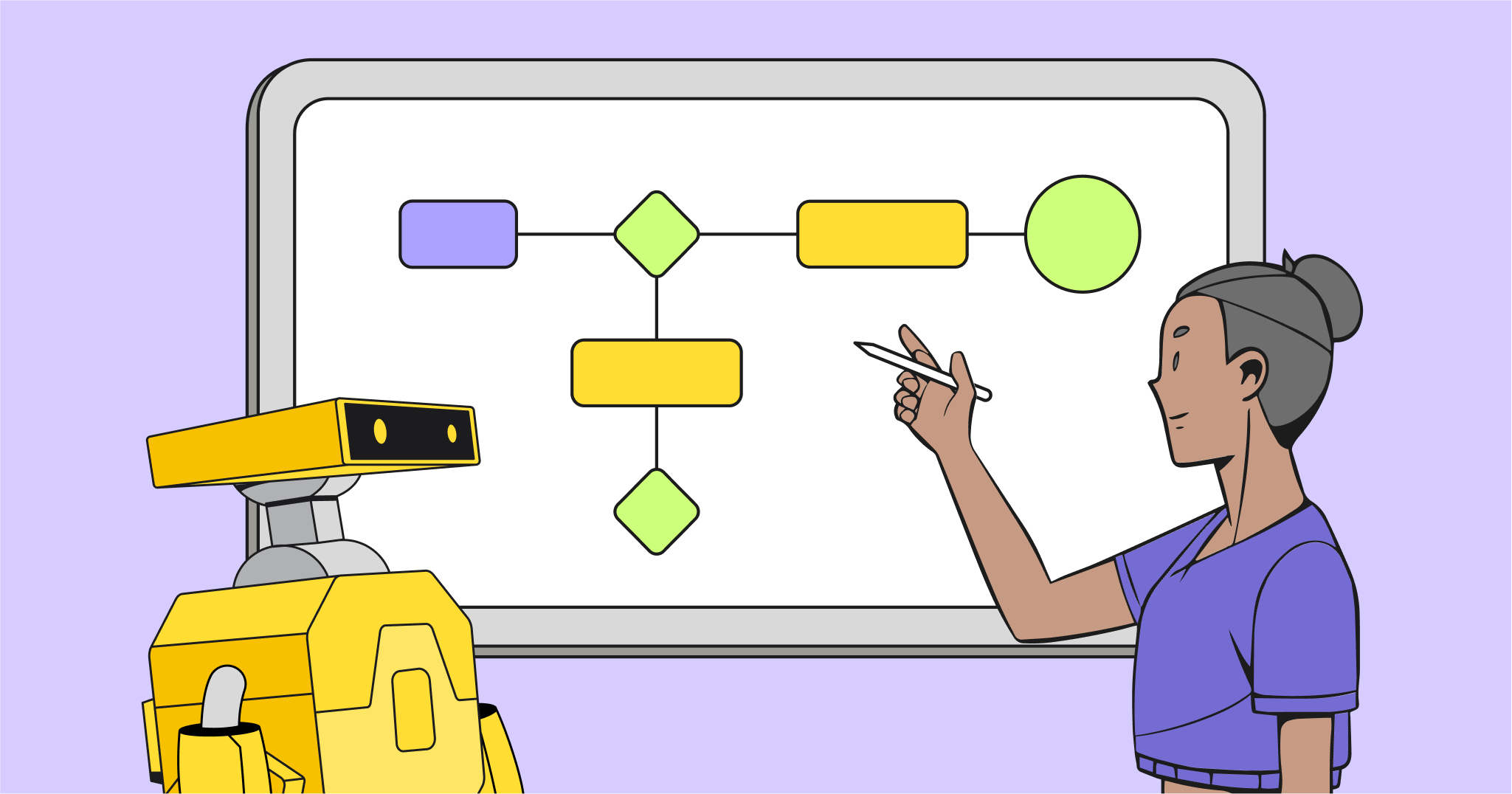The modern workplace is constantly evolving, and it’s your responsibility as a business leader to make sure no one gets left behind.
When most jobs went remote at the beginning of the pandemic, leaders scrambled to transition work, benefits, and support to the home office. But now, as many knowledge workers face a hybrid future, are you giving equal consideration to all employees regardless of where and how they work? Every decision can raise or lower barriers to collaboration, participation, and professional success.
If your organization is currently designing a return-to-work plan, it’s important to position accessibility as a core value from the start. In this article, find five questions you should consider to ensure all team members have an equitable foundation needed to reach their full potential.
“Do we offer flexible work options?”
If your return-to-work plan requires employees to report to the office at least once a week, are there also inclusive accommodations available? There are many reasons why coming into the office can be a challenge; among them, transportation. For example, an employee with visual impairments may find navigating to and around an office stressful and time-consuming. Additionally, for people on the autism spectrum, conventional offices bring sensory challenges and social interactions that could be distracting.
Granting employees an accommodation to work from home allows them to design their home office in a way that best suits their needs and service animals. If you do have a qualification and approval process in place for flexible work arrangements, one thing to keep in mind is maintaining the privacy of applicants. Employees are guaranteed the right to support without the risk of alerting their teammates to their specific needs.
“Have we audited our tech stack for digital accessibility?”
Although the Americans with Disabilities Act Standards for Accessible Design compliance rules ensure HR leaders proactively provide support for in-office meetings, they have been slow to replicate this support in remote set-ups. When there isn’t an easy way for every team member to participate, employees with communication challenges are at risk of getting passed up for collaboration-heavy opportunities.
To be digitally accessible means all employees can equally access and effectively use the tools required for their roles. In addition to the tools needed for daily tasks, it’s important to also consider communication and collaboration software.
Learn more about Miro
The ideal meeting software should include:
- Live transcription captioning
- Recording capability
- Text-to-speech translation
- Searchability
- “Pin” interpreters to a speaker
“Have we trained all employees on virtual inclusion guidelines?”
So, you’ve audited your tech stack for digital accessibility. But do your team members have guidelines on how to use these tools in an inclusive way? It’s not enough to simply invest in adopting software that facilitates inclusivity, without also training employees on how to use it in an accessible way.
Think of virtual inclusion guidelines as an addendum to your team charter. These policies ensure your team is aligned on how you communicate, collaborate, and support each other. For example, imagine that just one of your employees is working from home full time, while the rest of the team is co-located.Given these circumstances, you still need to operate as if you were a remote team. There should be a protocol in place that requires the co-located team members to join meetings from their own computer, instead of together from a conference room, so that there is just one face per box on screen.
While fostering cultural rituals to fully support equal participation for those working from home is certainly important, additional guidelines may also be necessary to support teammates with disabilities. These may look like having speakers describe themselves in large company meetings, protocols for discussions during meetings, and interpretation procedures.
“What support is in place and how can employees access it?”
Whether an employee is working from home or the office, it’s important for leaders to consider their physical comfort and mental well-being, providing an accessible infrastructure of support systems.
Accessibility in the workplace is about ensuring that an employer’s work space and ways-of-working actively remove limitations and barriers that keep employees from taking part at work with equal opportunity. This is an important part of an employee’s physical experience of their work and plays a crucial role in their ability to feel belonging in an organization.
Akgush Meredova, Global Diversity and Inclusion Lead at Miro
Some examples of what employee support looks like:
- Telehealth services, which provide quick and easy access to medical care and eliminate travel time and other barriers.
- Virtual assistants you can call 24/7 for support.
- IT department you can deploy to the field to assist people in their home offices with software setup.
- Ergonomic office furniture and temperature-regulated interiors.
- An Employee Assistance Program (EAP) or an internal point-of-contact who can answer questions about working from home or in the office.
- And many more!
Have you solicited input from employees?
It’s vital that executive leaders make accessibility and inclusion part of the company’s core values from the start, bringing in experts and soliciting input from employees at the design stage to build an infrastructure for equal performance potential.
The most important thing to remember is to encourage managers to approach creating and adhering to these inclusion guidelines as a team. The burden should not be on the employee in need to regularly advocate for themselves.
Taking care of an employee’s sense of belonging holistically contributes to a more flourishing employee that is able to turn up to work with more ability to create in original and authentic ways, while also reducing burnout rates.
Akgush Meredova, Global Diversity and Inclusion Lead at Miro
These questions should serve as a starting point in your team’s journey to designing an accessible and inclusive workplace, but this isn’t an exhaustive list. You should consult with your teams and prioritize creating a safe space for employees to advocate for their needs. This can look like engagement surveys and one-on-one conversations. An organization that values diversity, equity, and inclusion is not only more likely to attract and retain top talent, but also foster a more engaged and collaborative workforce.






